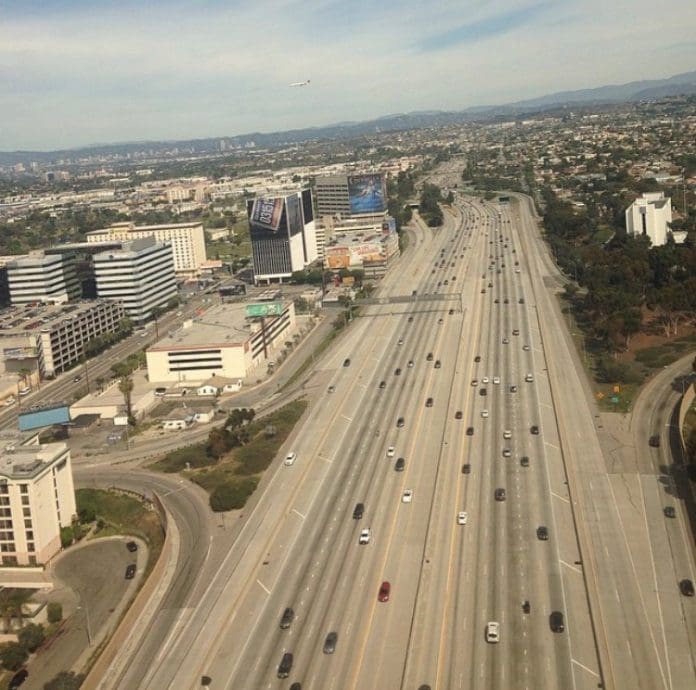
The California Air Resources Board (CARB) has approved a US$1.5 billion investment plan that will increase access to clean vehicles and clean mobility options through a wide variety of projects that support the transformation of California’s vehicle and equipment fleet to zero-emission.
The plan is CARB’s largest annual investment in clean transportation incentives to date, more than double the amount of the largest past investment. Supported projects range from consumer rebates for clean cars to incentives for cleaner trucks, and mobility options.
More than half of the US$1.5 billion Fiscal Year 2021-22 Funding Plan for Clean Transportation Incentives is targeted to benefit lower income communities and those disproportionately burdened by environmental pollution.
“California is backing up our commitment to clean the air in overburdened communities with the largest state investment yet in zero-emissions vehicles and sustainable transportation,” said CARB Chair Liane Randolph. “This unprecedented mix of incentives and funding will continue to support our equitable transition to zero-emission cars and accelerate the commercialization of zero-emissions technologies for medium and heavy-duty trucks and buses. The action the board took is designed to clean up the communities hardest hit by air pollution and surge ahead in our effort to move away from fossil fuels and reach carbon neutrality by 2045 or sooner.”
The investments are part of California’s comprehensive strategy for improving air quality and reducing greenhouse gas emissions in the transportation sector, the state’s largest source of air pollution and climate-changing gases. Funding for fiscal year 2021-2022 marks the first installment in the historic three-year US$3.9 billion budget that builds on programs to support zero-emissions vehicles and their infrastructure over the past decade. The current investment is designed to accelerate California’s transition to clean cars, trucks, and off-road equipment, including adding 1150 drayage trucks, 1000 school buses, and 1000 transit buses — all zero emission — to meet Governor Newsom’s Executive Order to reach 100% ZEV sales for cars and medium-duty trucks by 2035, and for heavy-duty trucks by 2045.
Of the US$1.5 billion, US$838 million comes from the state general fund, and US$595 million from the state’s cap-and-trade program. The remainder comes from the Air Pollution Control Fund and the Air Quality Improvement Program. CARB uses those funds to accelerate development and early commercial deployment of the cleanest vehicle technologies and to improve access to clean transportation for all Californians.
Funded projects include:
- US$525 million for clean car rebates through the statewide Clean Vehicle Rebate Project. This investment is intended to last three years to address an increase in consumer demand for zero- and near-zero-emissions cars. Along with rebates for vehicles, US$10 million is set aside to support rebates for electric bicycles.
- US$150 million for clean transportation equity investments benefitting income-qualified individuals and those overburdened by pollution. This funding will be used for incentives, outreach, technical assistance, and capacity building. One such program is Clean Cars 4 All, which provides up to US$9500 to help income-qualified Californians upgrade an older, dirty car to a new or used zero-emissions plug-in electric car, plug-in hybrid, or hybrid car.
- US$843 million for heavy-duty and off-road equipment investments. This includes funding for demonstration and pilot projects, vouchers for advanced clean trucks, financing for small truck fleets transitioning to cleaner technologies, and funds for drayage trucks, and transit and school buses, all of which are primed to rapidly transition to zero-emissions technologies.
- US$30 million to support small businesses and sole proprietors who provide professional landscaping services in California to purchase zero-emissions small off-road equipment, including leaf blowers, lawn mowers, and string trimmers.
While transportation incentive programs invest billions to help California achieve climate and air quality goals, additional complementary programs approved by the board also address critical state priorities, including addressing emissions from back-up sources of electricity during power outages, and continuing CARB’s partnerships with air districts to fund pollution reductions.
Highlights of these additional programs:
- US$45 million to support the replacement of diesel trucks with trucks certified to meet or exceed a low-NOx standard through the state’s popular Carl Moyer Program in the South Coast Air Quality Management District and San Joaquin Valley Air Pollution Control District.
- The Climate Heat Impact Response Program, intended to support grid resilience and mitigate additional emissions in impacted communities as a result of the Governor’s Proclamation of a State of Emergency issued June 30, 2021.
The Fiscal Year 2021-22 Funding Plan for Clean Transportation Incentives is part of California’s comprehensive strategy for improving air quality and reducing greenhouse gas emissions in the transportation sector. It builds on the success of the funding plans over the past 12 years that have invested more than US$2.5 billion to date for clean-transportation projects in California.
The bulk of these funds come from California Climate Investments, a statewide initiative that puts billions of cap-and-trade dollars to work reducing greenhouse gas emissions, strengthening the economy, and improving public health and the environment.
These investments have put more than 400,000 zero-emissions cars, trucks, transit buses, school buses, and freight equipment into operation in California.
















